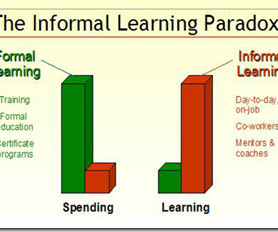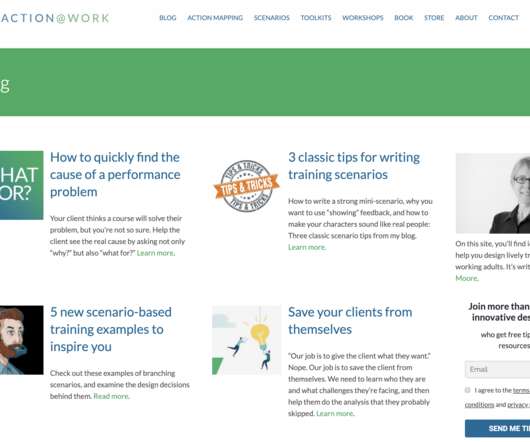70-20-10: Origin, Research, Purpose
Performance Learning Productivity
AUGUST 24, 2023
Learning through Conversation – April 2016 Skype discussion between Cal Wick, Bob Eichinger and Charles Jennings 70-20-10: Origin,Research, Purpose by Cal Wick Where It All Began The 70-20-10 model has been part of the corporate learning and development lexicon for decades. Eichinger, Lominger International, Inc.,




























Let's personalize your content